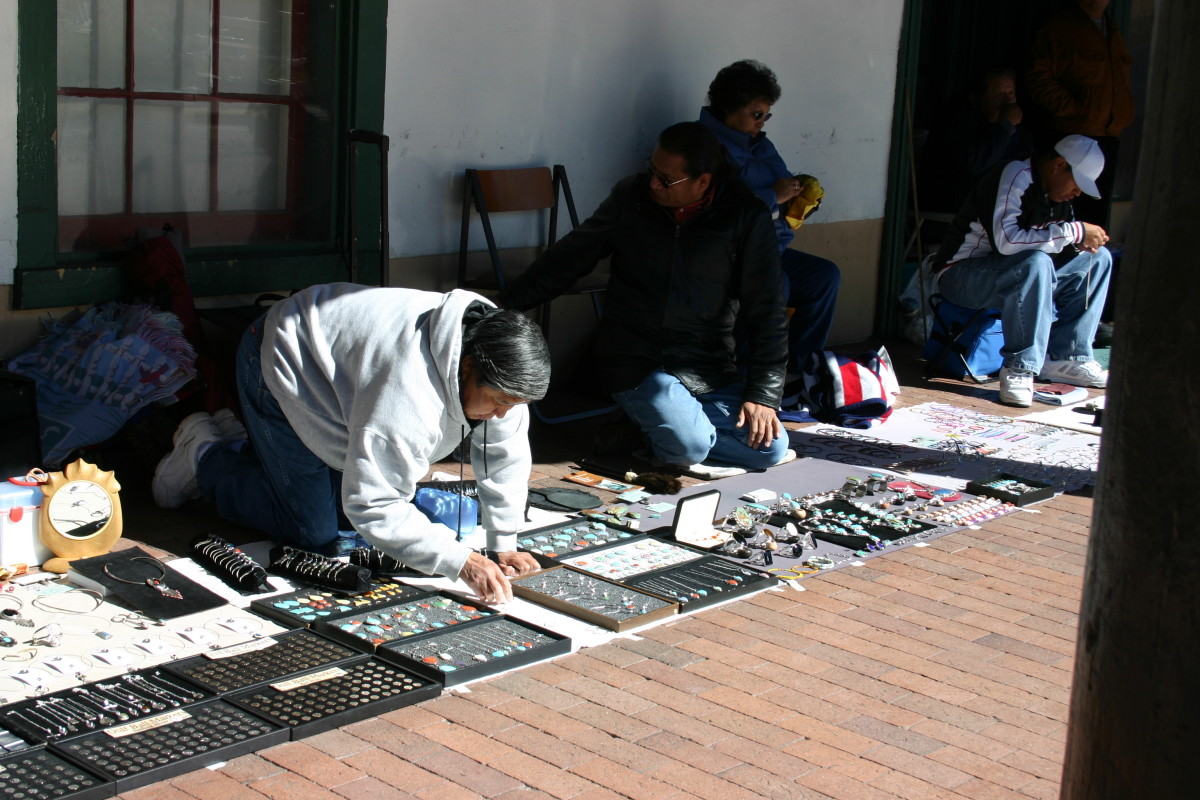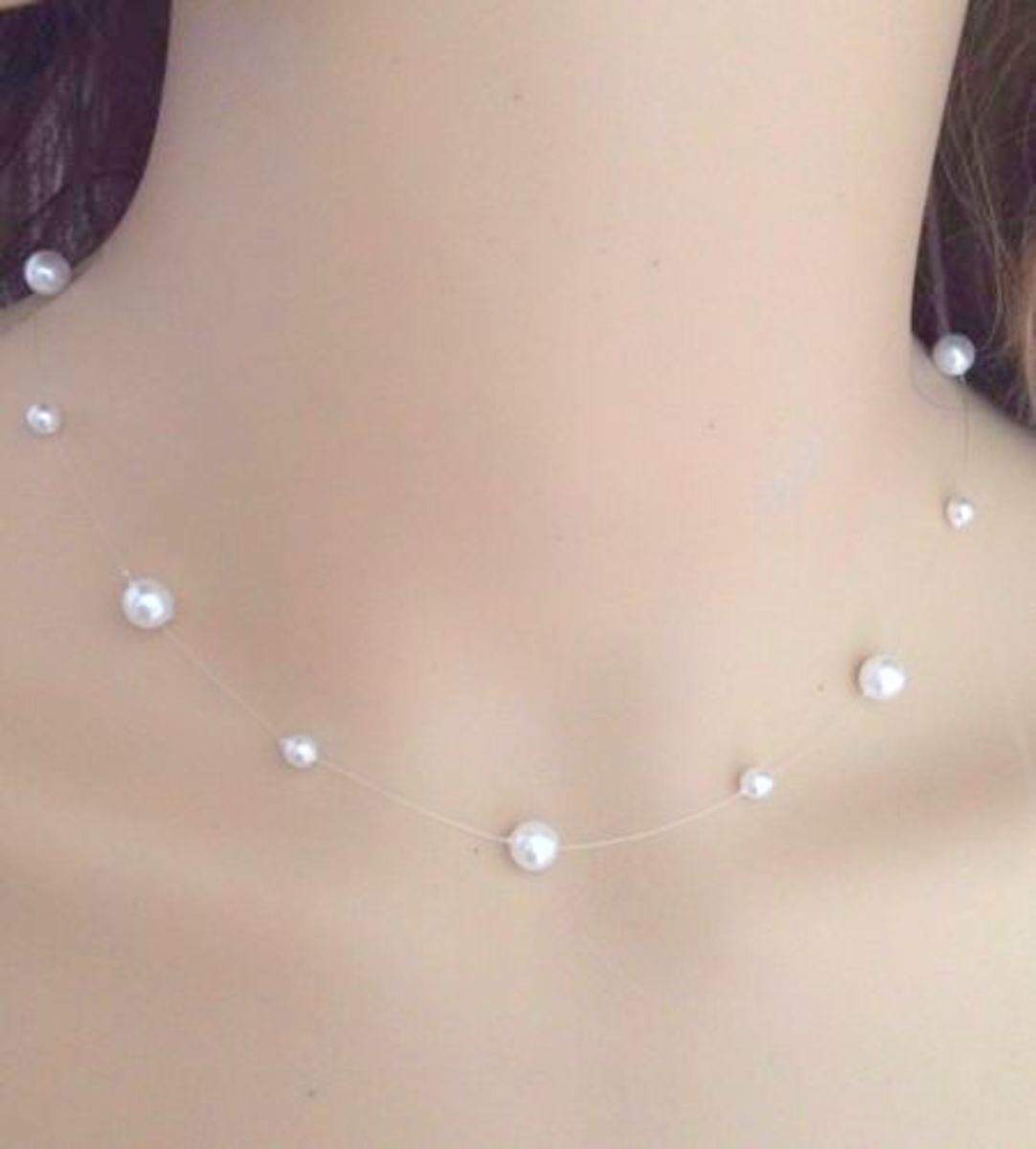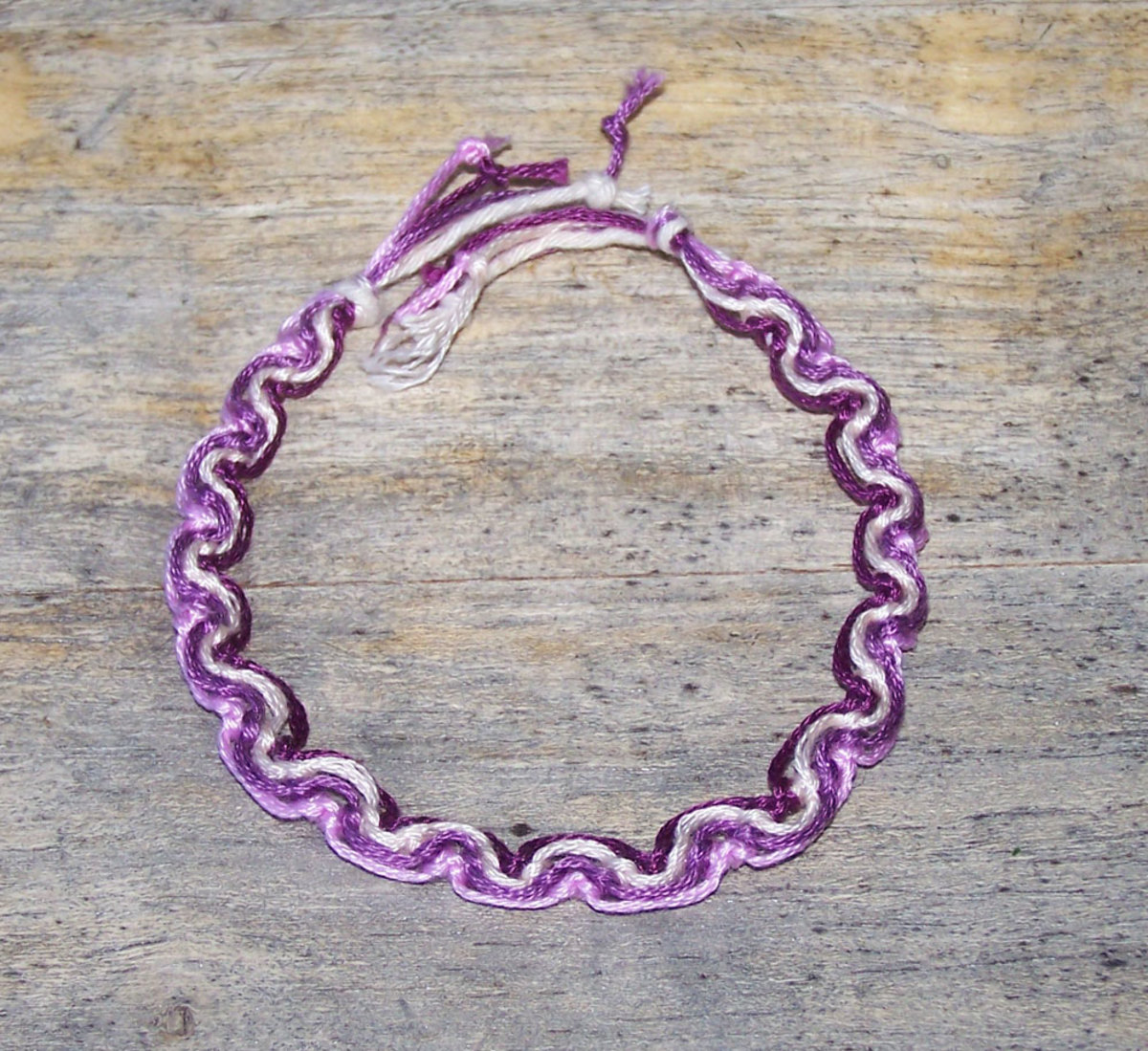Got Bling? The Ultimate Guide to Keeping Your Jewels Looking New


Cleaning
The most common method used for cleaning jewelry is warm soapy water and a soft bristle brush. I recommend using a very mild dish washing soap, preferably one without any scrubbing agents or moisturizing beads. The gritty scrubbing agents may damage the surface of the metals and gems, while the moisturizing beads may get stuck in crevices or underneath gems and maybe hard to remove. Always remember to use a light hand especially when cleaning around gems to avoid scratching or loosening them from their setting.
If you do decide to use a store bought cleaning product, make sure to read and follow all the instructions! Some cleaners are safe to keep on your jewelry for a while and some require only a few seconds in the cleaning solution before a rinse.

Repairs
Do you have a favorite piece of jewelry that seems to be snagging or catching on everything? It may not seem like a big deal, but you may be looking at a repair. What has most likely happened is that a prong has lifted up from a stone setting and is now ruining all of your good sweaters! You maybe thinking, "Any repair means money out of pocket". While this statement maybe true, I recommend getting your jewelry inspected at least twice a year at a jewelry store or by a jeweler to avoid major costly repairs. If you feel you have damaged a piece of jewelry, do not wait to get it checked out. Most big chain jewelry stores will not charge for a jewelry inspection and cleaning. They offer this free service to customers to get you in the door and keep you their for a while. It opens you up to most likely purchase a product or a service (like a jewelry repair) from them. In any case, they have a trained eye to look for potential problems with your pieces and it's up to you to pick and choose what needs to be repaired now and what can wait. I personally would rather pay to get a prong fixed on my wedding ring now than pay to replace a lost diamond later.

Storage
You don't have to own a fancy jewelry box for optimal storage. The secret is how and where you store your jewelry. It is ideal to store it somewhere without excessive moisture to reduce the chances of tarnishing or oxidation. I also recommend storing pieces so that they are not rubbing. Example- tossing your jewelry in pile into a jewelry dish or tray. You can still use the dish or tray for storage, just be sure that your pieces are not touching to reduce the risk of tangled chains and scratches on gems, metals, and watches.

Top 3 Tips on Preventing Damage
1. Don't wear your jewelry to the beach, pool, or shower. I have heard so many horror stories of couples losing their wedding rings in the sand, of people losing jewelry in the water, or down the drain. Another reason not to bring your jewels to any water festivities is that continual exposure to pool water or ocean water can actually damage the metal in your jewelry and cause it to become brittle and weak. This happens due to the corrosive properties of the chemicals in the water. Beach goers, sand is yet another reason to leave your gems at home. We all know that the stuff gets everywhere and into everything, and your jewelry is no exception. It can get stuck in stone settings and crevices, and it can also wear down the surfaces of metals and gemstones.
2. When in doubt, leave it out. Not precisely sure how or what to clean a certain piece with? Take it to a professional to avoid accidentally damaging your jewelry. Certain gemstones are more delicate than others and require a little gentler care.
3. Don't clean with your rings on. This tip goes hand in hand with the no beach, pool, or shower tip. Cleaning products can sometimes have harsh chemicals in them, like bleach, that can seriously damage your jewelry and if trapped under your ring, it may also react with your skin. If you wear your rings while cleaning, you also run the risk of scratches, dents, chips, and loose gemstones.
Cleaning Schedule
How often do you clean your "everyday" jewelry?
© 2014 Cleo Wolff








